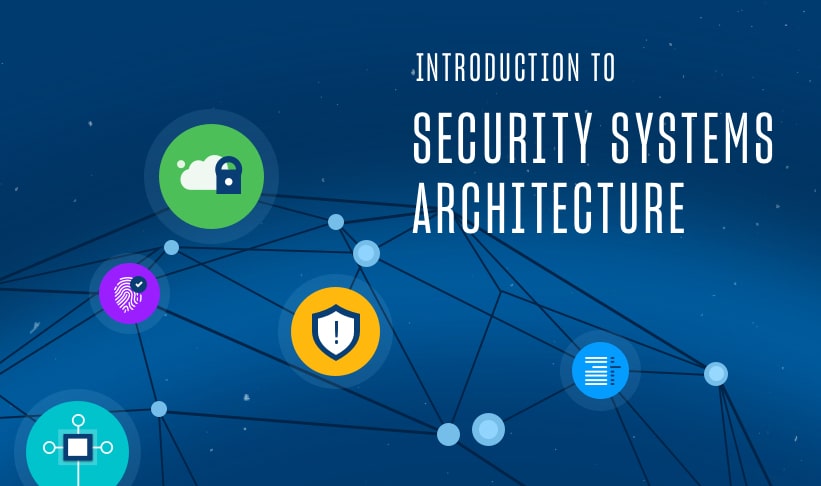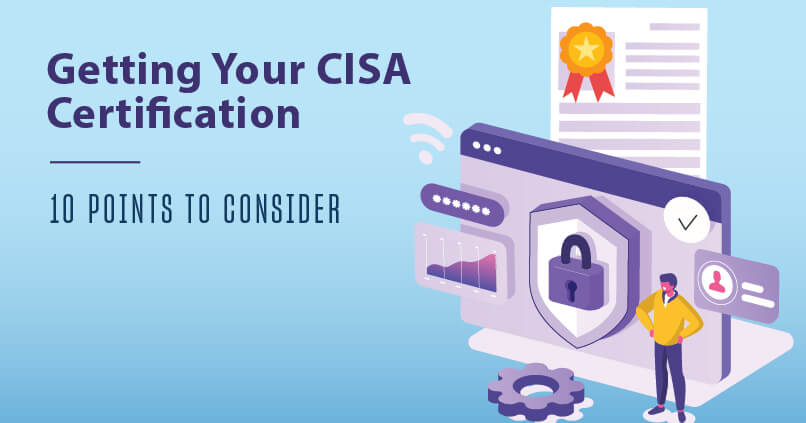Technology plays a crucial role in nearly every industry, making the security of those systems a top priority. That’s where system security architecture comes in — built to protect an organization’s information technology (IT) infrastructure by taking into account multilevel protection and risk management.
The cybersecurity job outlook is extremely promising, with 35% growth projected from 2021 to 2031, or about 19,500 jobs each year over the decade. Get started by deepening your understanding of cybersecurity concepts, topics and theories.
What Is Security Architecture?
Security architecture is the best defense against a cyber attack. As the name suggests, the blueprint of these systems are carefully designed with many considerations — just as with a building sketch.
When it comes to IT systems, breaches to personal information and other sensitive data are some of the biggest concerns. A breach can wreak havoc on daily procedures, finances and an organization’s trustworthiness. Thankfully, strong security architecture can vastly reduce the likelihood of problems.
The approach will vary by organization, often after a security architect spends time getting familiar with the ins and outs of operating systems and identifying vulnerabilities. The final iteration of security architecture will be customized to an organization’s objectives.
Key Components of Security Architecture
These components — each reliant on each other to properly function — are important during any security architecture buildout:
- Guidance should be easily provided to the security architect in the form of clear policies, procedures, rules and regulations.
- Standardization is a good place to start, but for needs unique to your organization, alterations or additions can be made to data, integration and application systems.
- Communication is vital to ensure that your organization is set up for success. Be clear about what you will rely on cybersecurity to protect, what’s working and what’s not.
- Access should only be provided to proper individuals. Be sure that safeguards are in place as the security architecture comes together.
- Training should be provided for members of the cybersecurity team who will be maintaining the system on a regular basis.
Benefits of Security Architecture
Using security architecture to be proactive about security threats and breaches provides peace of mind that your systems and information are protected. In the instance that a potential breach is detected, addressing it as soon as possible can save your organization time and money. Protecting IT also means protecting your reputation as an organization. Clients, customers and employees are better off knowing that their information is safe and that any problems that arise will be addressed quickly and effectively.
Careers in Security Architecture
Security architects and similar job titles — security consultant or security auditor — are expected to continue on an upward trajectory. The role is crucial across industries and regardless of the size of the organization. Most information security analysts work for computer companies, consulting firms or business and financial companies, according to information compiled by the U.S. Bureau of Labor and Statistics.
The average annual salary of an information security analyst is $102,600, however, salaries depend on a number of factors — the specific job, organization, responsibilities and experience.
A bachelor’s degree in computer science, information technology, or cybersecurity is typically needed to get started in the field, along with some work experience. Employers often favor security architects who have advanced training and certification.





